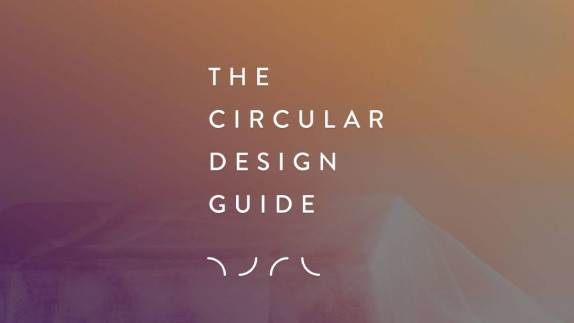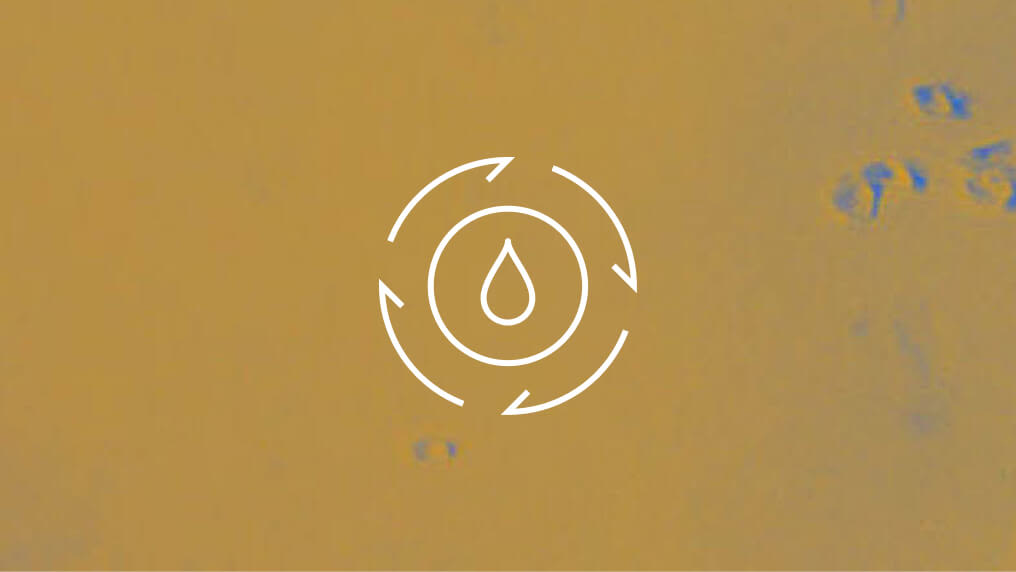Take apart an everyday product to build empathy and understanding around the implications of disassembly and recovery of materials and parts.
Have you ever stopped to wonder what’s required to create our everyday products? How are they held together? Which components do they need and why? Think of this activity as a hands-on entry into analysing material flows and understanding the wider system conditions needed to make each product.
Steps
Step 1
Get together with a few friends or colleagues and find a product that you don’t mind destroying – a piece of technology you don’t use anymore, a hairdryer, mobile phone, etc.
Step 2
Take the product apart using screwdrivers or pliers and organise all its components by size or material type.
Step 3
Once you have everything laid out, ask:
Which materials and components could be recovered from this device and reused?
Does the manufacturer produce individual parts if you needed to replace only a battery, for example?
Is it economically viable to disassemble them in the way you have done?
If not, what needs to change to make it so? You might like to consider a range of interventions such as product design, business models, reverse cycle or policy enablers.
Step 4
Now that you have disassembled the product, discuss what you will do with these components and parts. Can you figure out a more circular solution than just throwing them away?
Step 5
Bonus: Post a photo and tag #InsidesOut to share what you’ve disassembled.
Step 6
Here’s a video that shows how to run your own Teardown Lab:

Circular Design Guide
This page is part of the Circular Design Guide. Get an overview of the project, or dive straight into our activities to help you understand, define, make, and release circular innovations.
You may also like

Find circular opportunities
Start with an achievable small initiative that can scale over time





